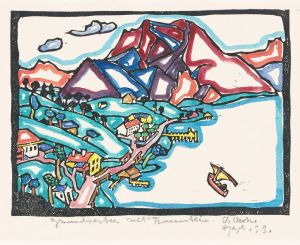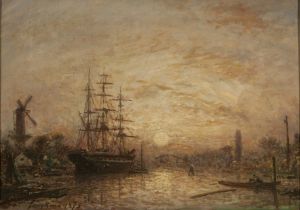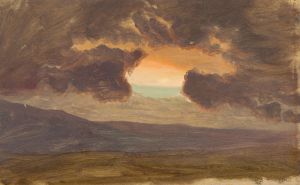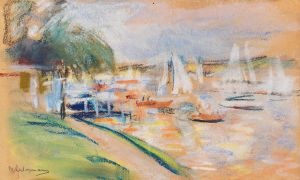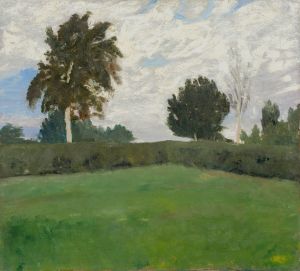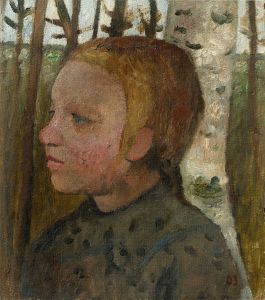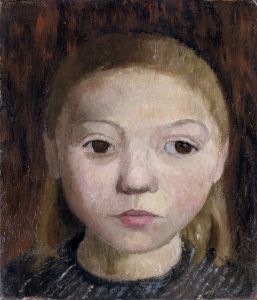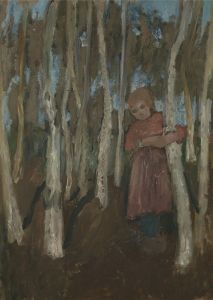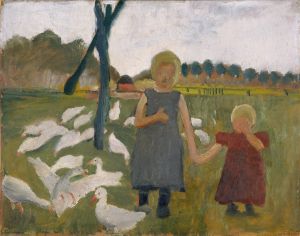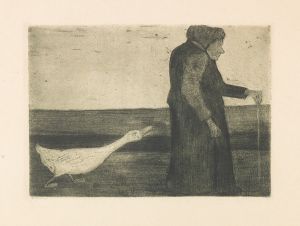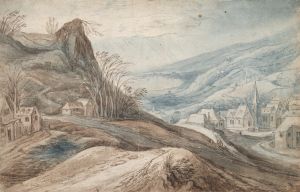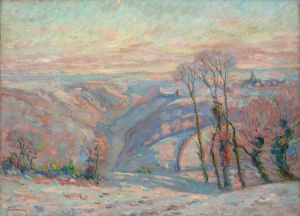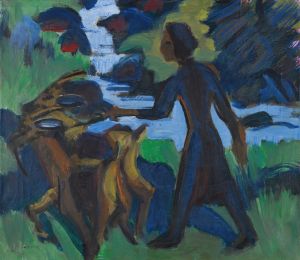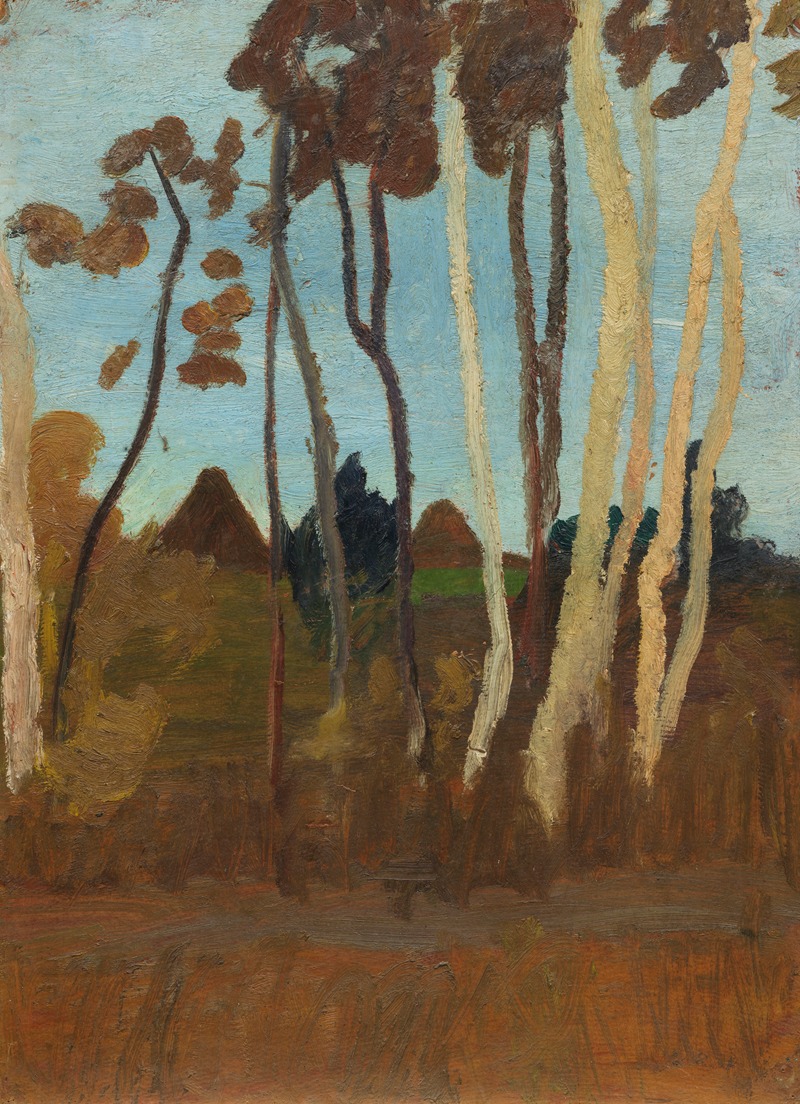
Landschaft mit Birken, im Hintergrund zwei Hausgiebel
A hand-painted replica of Paula Modersohn-Becker’s masterpiece Landschaft mit Birken, im Hintergrund zwei Hausgiebel, meticulously crafted by professional artists to capture the true essence of the original. Each piece is created with museum-quality canvas and rare mineral pigments, carefully painted by experienced artists with delicate brushstrokes and rich, layered colors to perfectly recreate the texture of the original artwork. Unlike machine-printed reproductions, this hand-painted version brings the painting to life, infused with the artist’s emotions and skill in every stroke. Whether for personal collection or home decoration, it instantly elevates the artistic atmosphere of any space.
Paula Modersohn-Becker (1876–1907) was a pioneering German painter and one of the most important early Expressionists. She is particularly known for her innovative approach to portraiture and still life, as well as her depictions of rural life in the northern German region of Worpswede, where she lived and worked for much of her career. Her work is characterized by a bold use of color, simplified forms, and a deeply personal style that broke away from traditional academic painting.
The painting Landschaft mit Birken, im Hintergrund zwei Hausgiebel (translated as Landscape with Birches, Two Gables in the Background) is one of Modersohn-Becker's works that reflects her deep connection to the natural environment of Worpswede. The painting depicts a serene rural landscape featuring birch trees in the foreground and the gabled roofs of houses in the background. This composition highlights her interest in capturing the quiet beauty of the countryside, a recurring theme in her oeuvre.
Modersohn-Becker's landscapes often emphasize simplicity and a sense of harmony with nature. In this painting, the birch trees are rendered with a focus on their slender forms and light bark, which contrast with the darker tones of the surrounding foliage and the distant houses. The use of earthy colors and soft, diffused light creates a tranquil atmosphere, typical of her landscapes.
The exact date of Landschaft mit Birken, im Hintergrund zwei Hausgiebel is not definitively documented, but it likely belongs to the period when Modersohn-Becker was living in Worpswede, between the late 1890s and early 1900s. During this time, she was influenced by the naturalistic style of the Worpswede artists' colony, as well as by her exposure to modern art movements during her visits to Paris. These influences are evident in her evolving style, which combined elements of realism with a more modern, expressive approach.
Paula Modersohn-Becker's career was tragically cut short when she died in 1907 at the age of 31, shortly after giving birth to her daughter. Despite her short life, she left behind a significant body of work that has been widely recognized for its originality and emotional depth. Today, she is celebrated as one of the first female artists to achieve recognition in the male-dominated art world of her time.
Further details about the specific provenance or exhibition history of Landschaft mit Birken, im Hintergrund zwei Hausgiebel are not readily available. However, many of Modersohn-Becker's works are housed in museums such as the Paula Modersohn-Becker Museum in Bremen, Germany, which was the first museum in the world dedicated to a female artist.





